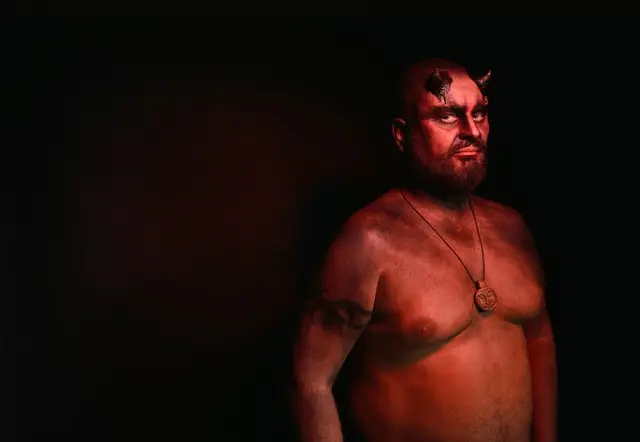
Folk Devils Explained
The concept of "folk devils" is a critical element in the study of moral panics within sociology. Coined by sociologist Stanley Cohen in his seminal work "Folk Devils and Moral Panics" (1972), the term describes individuals or groups portrayed in the media and popular discourse as embodying evil and posing a significant threat to societal values and interests. To fully grasp the significance of folk devils, it is essential to explore the dynamics of moral panics, the role of media, and the broader sociopolitical context within which these phenomena emerge.
The Genesis of Folk Devils
A moral panic is a widespread feeling of fear and concern among the general public that certain individuals or groups threaten the social order. This fear is often disproportionate to the actual threat posed. Cohen's work meticulously details how certain behaviors or groups are demonized through exaggerated and sensationalized reporting. Folk devils are the central figures in these moral panics, symbolizing the perceived threat. They are often marginalized or deviant groups, and their depiction serves to galvanize public opinion against them, justifying increased social control measures.
The Role of Media in Creating Folk Devils
The creation of folk devils follows a predictable pattern. It begins with identifying a troubling issue or event, which the media amplifies through heightened coverage. This coverage typically involves sensational headlines, dramatic imagery, and emotive language that exaggerates the severity of the threat. The media, as a primary agent of socialization and a key player in constructing social reality, plays a pivotal role in shaping public perceptions. By repeatedly framing certain groups or behaviors as dangerous and morally corrupt, the media helps to construct folk devils, who become

